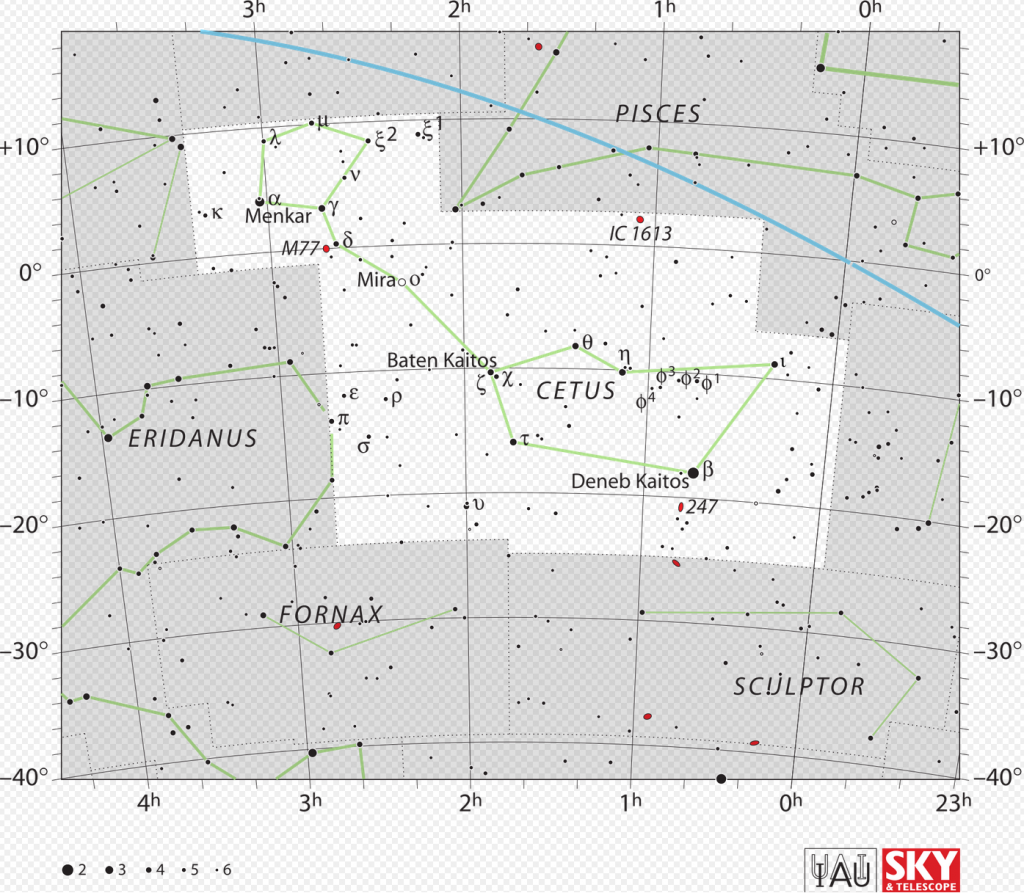| ACQUISITION | PARAMETRES ACQUISITION | |||||
| Objet | Filtres | Bin | Temps Pose | Nombres Poses | Temps Total | |
| Nom | NGC 4631 et NGC 4656 | Luminance | 1 x 1 | 5 mn | 53 | 265 mn |
| Constellation | Chiens de chasse | Rouge | 1 x 1 | 5 mn | 25 | 125 mn |
| Distance | 25 à 30 millions al | Vert | 1 x 1 | 5 mn | 25 | 125 mn |
| Détail prise de vue | Bleu | 1 x 1 | 5 mn | 25 | 125 mn | |
| Lieu | Maison-Maugis 61 France | S2 | 1 x 1 | |||
| Date acquisition | 26/03 au 01/06/2019 | Hα | 1 x 1 | |||
| Setup | O3 | 1 x 1 | ||||
| Instrument | Newton Skyvision Mtn 250 | Totaux | 128 | 10 hrs 40 mn | ||
| Diamètre | 250 mm | Bias | 99 | |||
| Focale | 900 mm | Dark | 19 | |||
| Rapport F/D | 3,6 | Flat | 11 | |||
| Monture | EQ8 Skywatcher | Acquisition faite par | Francis Bozon | |||
| Caméra acquisition | Morovian G2 4000 | Traitement fait par | Francis Bozon | |||
| Caméra de guidage | Atik 314L | Logiciels utilisés | ||||
| Montage de guidage | DO Skymeca | Acquisition | TheSkyX – Software Bisque, Focusmax, Maxpilote | |||
| Echantillonage | 1,7 arcs | Traitement | Pixinsight, Photoshop | |||
COMMENTS ON THE OBJECT :
NGC 4631 is a beautiful spiral galaxy seen from the slice located only 25 million light years from Earth to the small northern constellation of the Hunting Dogs (“Canes Venatici” in Latin).
This slightly twisted, wedge-shaped galaxy is reminiscent to some people of a cosmic herring or whale from which it takes its nickname. In any case, it is the same size as our own Milky Way.
In this beautiful colour picture, the yellowish bulb, dark clouds of interstellar dust, young bright blue star clusters and the purple star-forming regions of the Whale are easy to spot. A companion galaxy, the small elliptical galaxy NGC 4627 is visible to the left of the centre, the Whale galaxy.
In the lower right corner is another deformed galaxy, NGC 4656, which is shaped like a hockey stick. It is also about 25 million light years away. The deformations and mixed gas and dust trails detected at other wavelengths suggest that the three galaxies have encountered each other closely during their history. The Whale galaxy is also known to eject a halo of hot gas that glows in X-rays.
